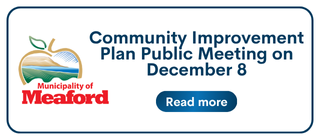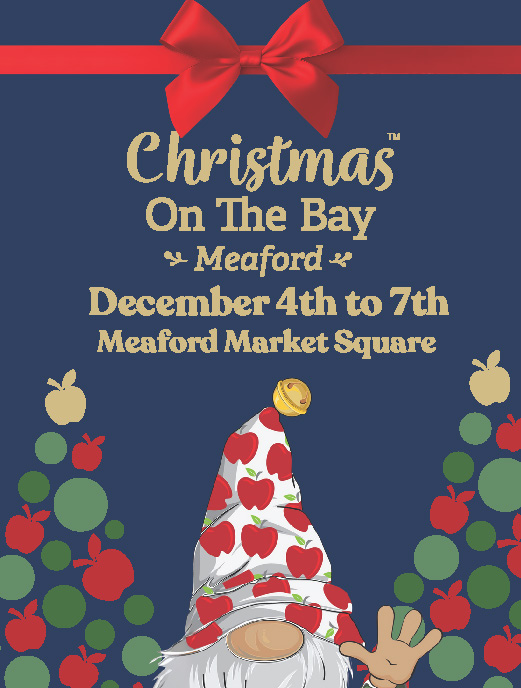Editor,
In July of 2019, John Mikkelsen and Sara Beasley, TCE project team members, provided our private road association executive board with an overview of a project which was proposed to be constructed approximately 3 kilometers and a few hundred meters above where we were sitting. As we heard the project described by John. A 400 acre reservoir, on top of the escarpment, being filled with over 20 million cubic meters of water from Georgian Bay each day, then emptied to produce electricity, to support demand in Metro Toronto or urban centers in the US. He shared that it was modeled after a similar plant in Ludington, Michigan.
A few months later in December as TCE adjourned a community meeting, I approached John at the front of the room. John Mikkelsen is a very calm, mild mannered and intelligent man, with a kind smile. Tall and authoritative, yet quite likeable, he brings a peace to the kind of dialogue we had that evening with TCE, where people were expressing their great concerns about the project. He is very well educated and is able to take complicated things and make them seem simpler. He has a way of making people feel comfortable in the face of worry. He conveys that fatherly message of “it will be alright,” very, very well. He is very approachable and willing to engage even with those who he likely disagrees with. That means he was willing to talk with me, as I am well known for opposing the project. His manner causes me and others to believe this man, to feel as though he wants good things for the world, and he would do no harm.
My conversation with him that night started with this question, “John, my study of Ludington and similar projects indicates that they kill millions of fish each year and will require clear cutting and scraping earth on top of the escarpment, affecting animals and birds and the trees there, are you aware of the harm this will do to our Georgian Bay environment?”
He took a moment of thought, gave me an intent look and responded “Tom, if I thought this project would do any harm I wouldn’t do it.” Honestly, I was totally disarmed. I was so taken aback that I paraphrased what he said back to him,” You are saying if fish will be killed, or the environment damaged from this work, from this project you won’t do it?” He responded, affirming “I would not pursue the project.” I was utterly relieved because there is no way this project can commence without some harm being done. At that time it was pre-covid. As we parted company I shook his hand as I would have a friend, In fact I stepped away from that conversation with this thought “that is it then, the project cannot continue because there is no way to construct or operate such a plant without harming plants, animals, fish, the environment, the escarpment without doing harm” and it was just a matter of time before John would realize that.
Some of you reading this are likely seeing me as naive. And that might mean that your definition of harm is similar to John’s. My definition is that damaging the habitat of animals living on the escarpment is harm. Digging out and pouring millions of tons concrete onto and into the escarpment is harm. Killing fish is harm. Polluting the water of Georgian Bay is harm. My standard for doing no harm is high: if the project would affect fish, deer, trees, the bay; it harms.
John’s definition is different.
TCE’s approach will be that if the project kills fish they will help grow a fish population elsewhere. If the project clear cuts an area of hundreds of trees TCE will support planting of trees elsewhere. If the project damages the escarpment here they will support protection of the escarpment elsewhere. If they kill deer or other animals they will work to support their habitat elsewhere. If we pollute the waters here, we will work to repair that pollution (which is an impossible task). So John’s and TCE’s definition of harm is that when we do harm, if that harm is identified, we will work to mitigate it. This can get more complicated when it extends into other matters such as air contamination, public safety and resident well-being.
I find it most interesting to hear this comment from council members and candidates and community members: “I will wait to pass judgement on the project until we can see the environmental reports from the province and federal government.” I do not need a person from the provincial or federal government to give me a report to know there will be harm. How do you down trees and push earth to create a 375 acre reservoir with dozens of earth movers and not do harm? How do you dig tunnels into the escarpment and not do harm? How do you disturb the bottom of the bay and not create turbidity? There is no way to do this project without doing harm. There are those of you reading this who may feel it is okay to sell off our natural resources for corporate use as long as the damage is made back to whole elsewhere or if it provides a business opportunity. BUT, are we protecting the escarpment or not? Are we protecting fish and wildlife or not? Are we protecting the quality of this pristine bay or not? To me offering these up if there is repair, replacement or mitigation is not GREEN. These are precious elements of this world which cannot be repaired, replaced or mitigated. Such a loss is highly probable with this proposal from TCE.
Tom Buck, Save Georgian Bay











